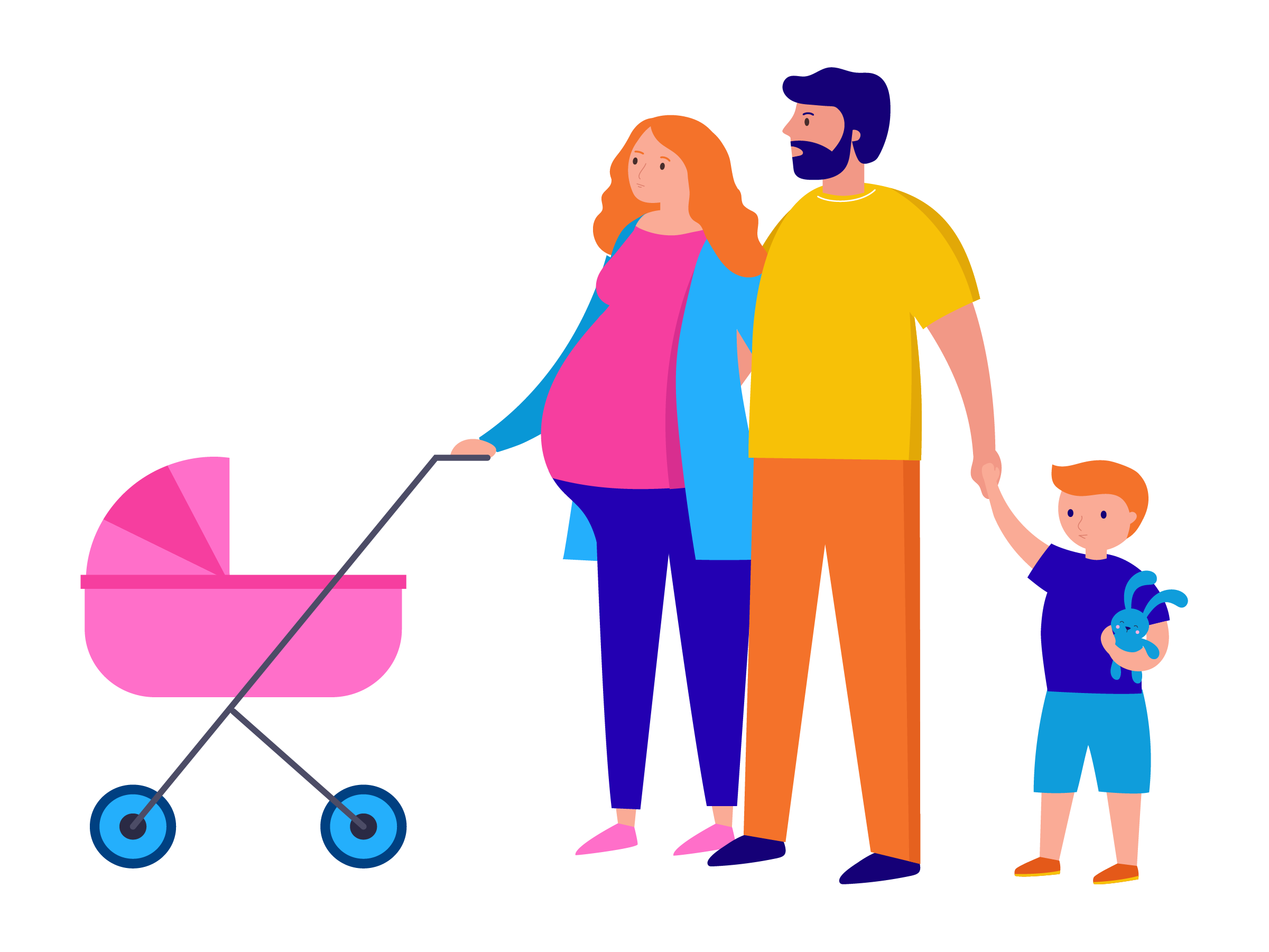Family reunification is a recognized reason for the immigration of family members to a country where one or more family member already reside.
As a family member of an EU/EEA citizen exercising their right of free movement,you can get a visa through a facilitated process to travel with your family member or to join him/her in Sweden.
Family members are:

You also need to send in a copy of your most recent pay slip.
It has to contain:
Your pay slip has to contain:
If a person receives a permanent residence permit as a refugee or as an individual who needs subsidiary protection, then you may have the right to invite your family to that country. Family reunification is a step towards the settlement of refugees to live with their families.
The person who wants to invite his family to the country he is residing should have enough income resources to provide financial support to the family and a standard house to live in.
The maintenance requirement does not apply if you are a refugee or a person in need of subsidiary protection and your family members submit their applications within three months of the date on which you were granted a residence permit or protection status.
However, the maintenance requirement does apply if you and your family have the possibility to reunite in a non-EU country to which your family has a special connection. In addition, in order to be exempt from the requirement that their applications be submitted within three months of each other, couples must have started their relationship before entering Sweden, or the relationship must be well-established.
No maintenance requirement applies if a decision to reject the application for a residence permit would be contrary to a Swedish convention commitment.
The possibilities for your family to live with you in Sweden if you have a temporary residence as a refugee or as a person needing subsidiary protection is governed by different things. Some of the important points regarding residence permits are listed below:

In case you have a permanent residence permit or you are planning to get married to a person in Sweden, then that person can apply on your behalf for the residence permit. Persons other than your immediate family members like parents or siblings can also move to Sweden with you.